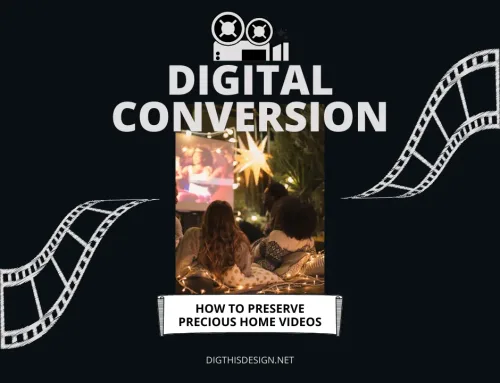Plastics are lightweight, recyclable, and work well as liquid and solid container materials. They maximize payload during product delivery while guarding against contaminating or tainting the contents in transit.
Unlike the more well-known injection molding method, blow molding is typically used to manufacture plastic containers. When looking for plastic packaging, it’s useful to know the advantages of blow molding over injection molding.
The Facts of Blow Molding vs. Injection Molding
What is Injection Molding?
The injection molding process involves pushing melted plastic into a hollow until the mold is filled. It then cools and hardens, a process that is often sped up by pouring cold water down the mold’s channels. The molded object or parts are then ejected when the mold opens.
The plastic runs through a series of channels attached to injection molded pieces. These channels’ cross-sections regulate flow rates and guarantee that the cavity fills. Following the ejection, this feeder system is disconnected.
What is Blow Molding?
The blow molding process creates hollow products from thermoplastic materials. Technicians create parisons by heating and expanding plastic tubes. The preform is sandwiched between two dies that have the intended shape of the finished product.
After that, air is introduced into the tube, which causes it to expand and gradually take on the shape of the mold. After the blowing process is complete, the product is cooled down and then taken out of the mold. Afterward, any excess material is removed and prepared for handling.
What Distinguishes Injection Molding from Blow Molding?
As the previous descriptions show, there are some notable distinctions between what an injection molding company and injection molding can do, even though they are similar methods for creating plastic objects. These are the following:
- Geometry: injection-molded shapes are solid unless intricate cores are utilized; These shapes are hollow.
- Material consumption: This process uses less material and produces lighter containers than injection molding because it can create extremely thin walls. (This may help lower shipping expenses.)
- Wall thickness variation: Compared to blow molding, injection molding can achieve more accuracy and consistency.
- Tooling: Injection molding tools must be extremely heavy and robust to survive the enormous clamping pressures needed to prevent the two pieces from separating under the injection force. Massive blow molding equipment is only sometimes necessary.
- Tooling costs: The molding tools are generally less expensive than injection molding tools.
- Machinery: Large and intricate machinery includes blow molding and injection molding units. However, injection molding machines are typically more expensive because of the forces required.
What Benefits Does Blow Molding Offer Over Injection Molding?
- Injection molding can’t create the single-component hollow containers that blow manufacturing can.
- Injection molding is more costly than it’s counterpart. Because blow molding is done at lower pressures than injection molding, less expensive tools and equipment can be used.
What Drawbacks Does Blow Molding Have Over Injection Molding?
- Only hollow parts with thin walls can be molded with blow molding. Because of this, it can only be used in certain situations. On the other hand, injection molding is suitable for products with thick walls. This makes it a preferred choice for many industries, including medical injection molding companies.
- After blow molding, the parison must be cut off at the top and bottom of the portion. Post-processing is usually not necessary with injection molding. After blow molding, the parison must be cut off at the top and bottom of the portion. Post-processing is usually not necessary with injection molding.
Conclusion
A project’s specific requirements determine the type of molding to use, either injection molding or blow molding. For precision-demanding industries like medical manufacturing, injection molding is the preferred choice. Are you searching for an injection molding company in the Southeast or Mid-Atlantic? Advanced Plastiform, Inc. is here to help! Contact us today to discuss your custom plastic manufacturing needs and get started with your injection molding project.
Other posts you might enjoy:
The ROI of Sustainable Manufacturing
CNC Machining Revealed: Unveiling 8 Powerful Facts About Precision Design in Creative Industries





